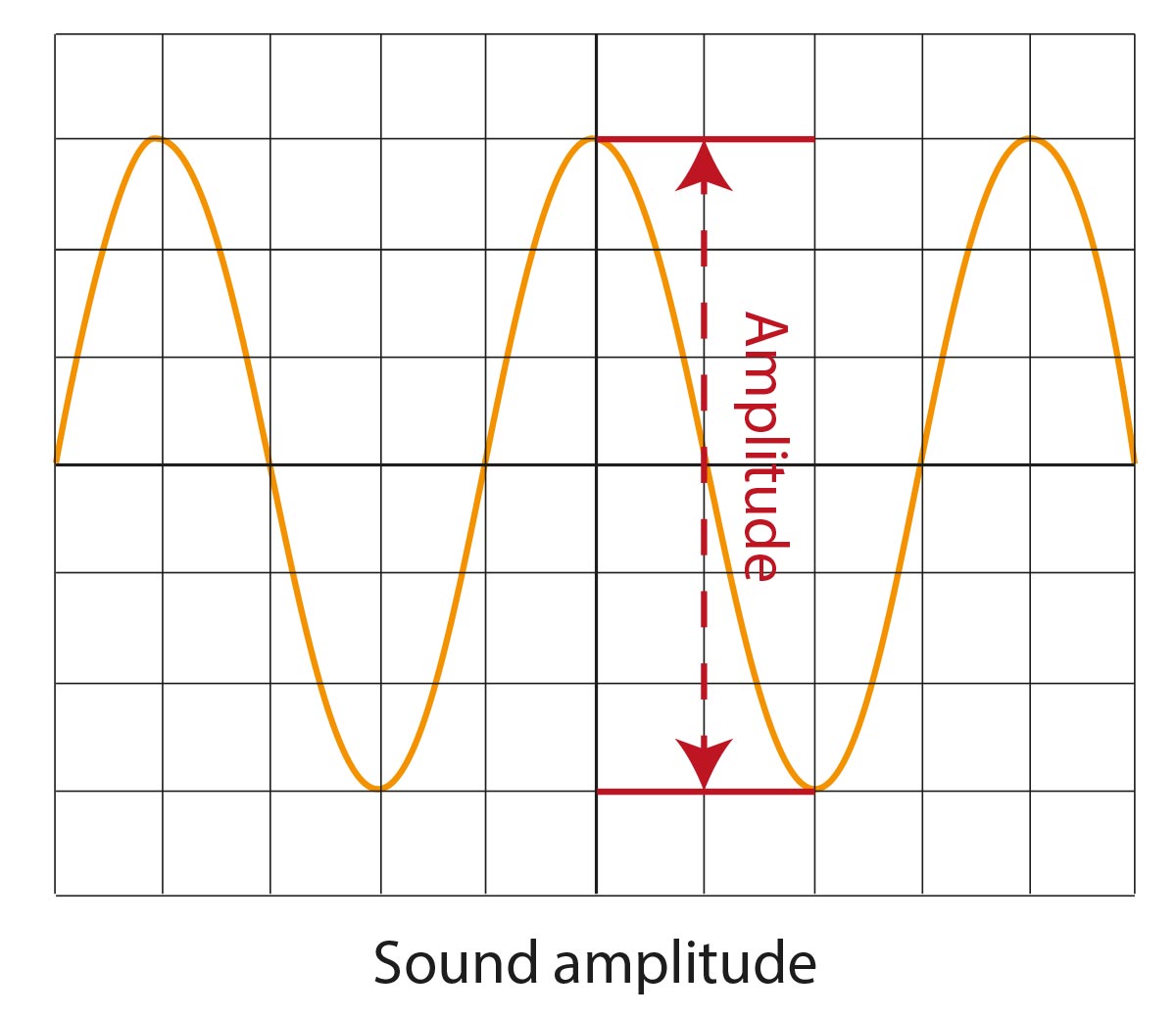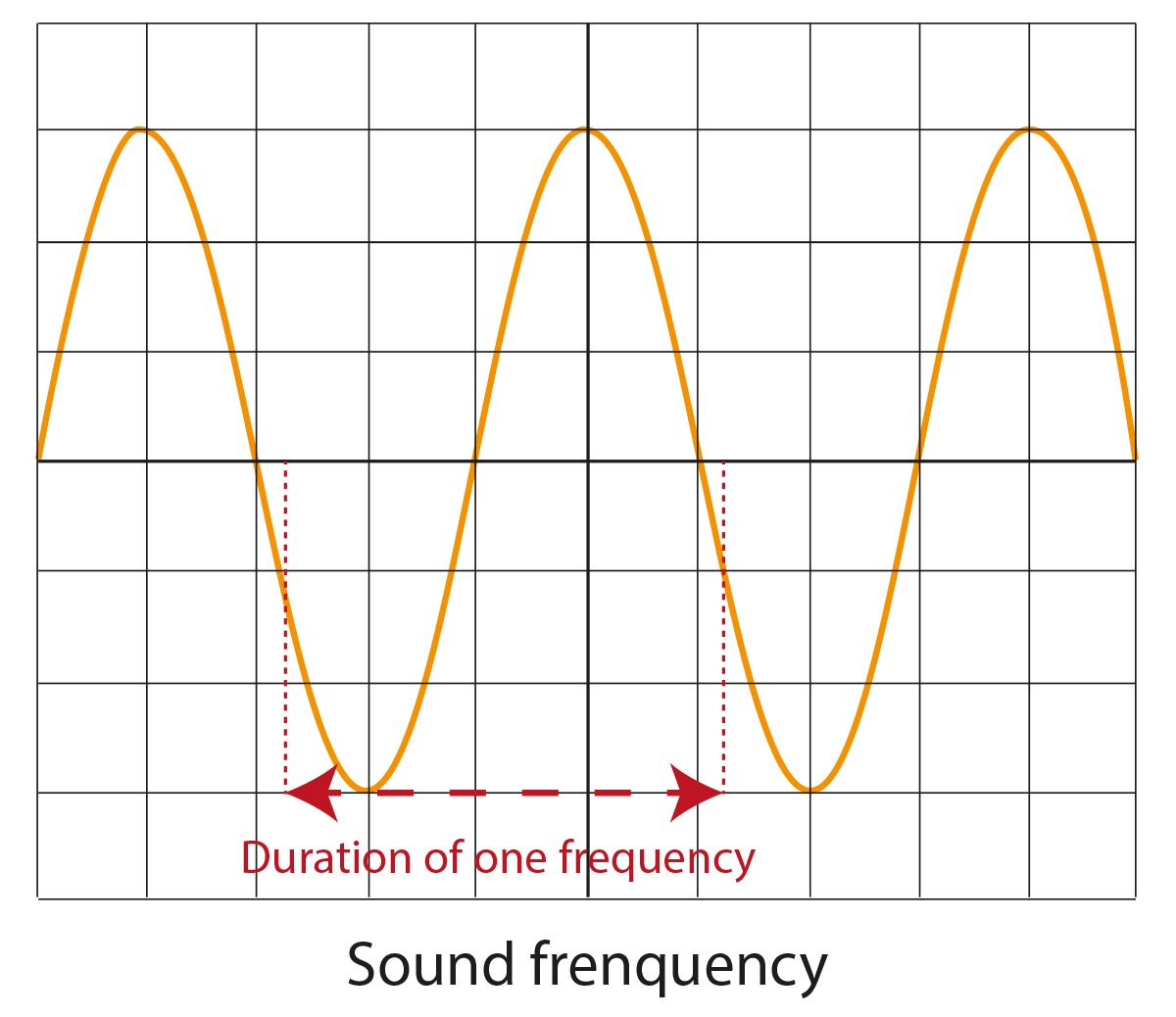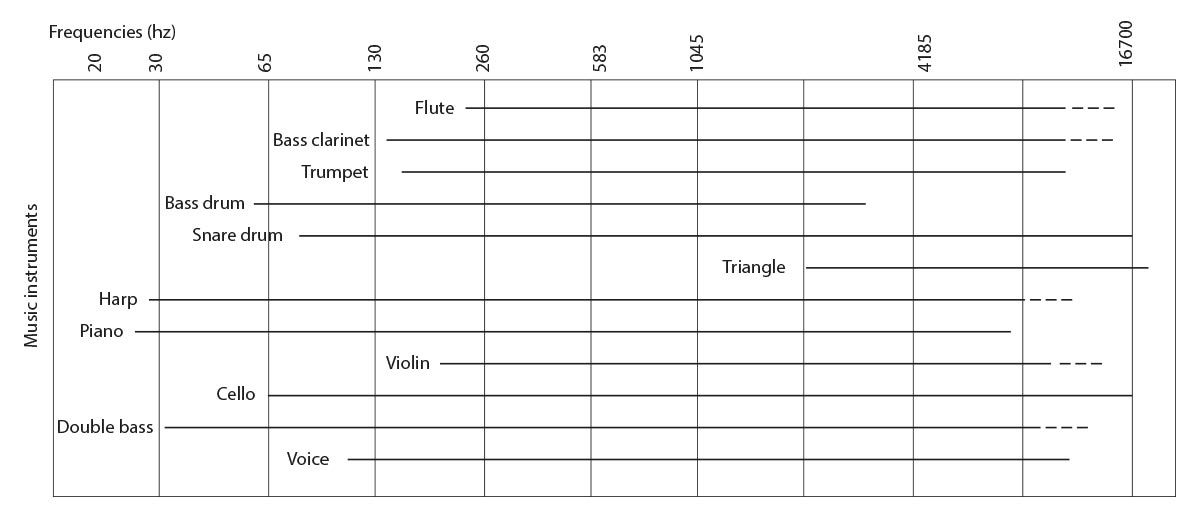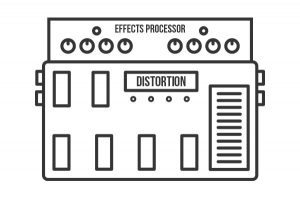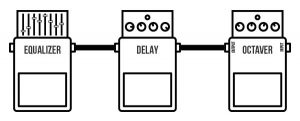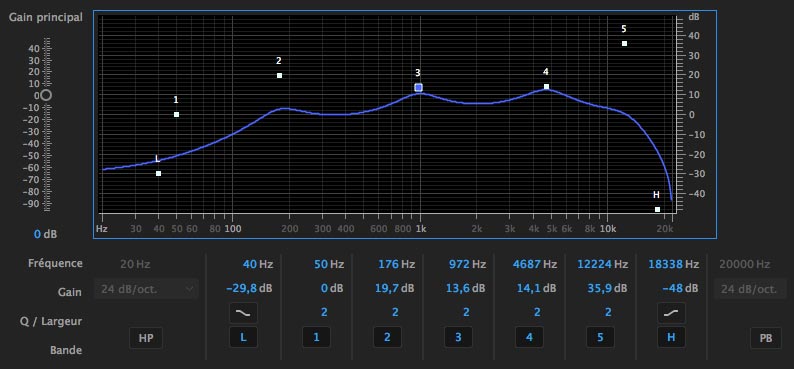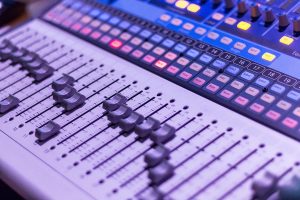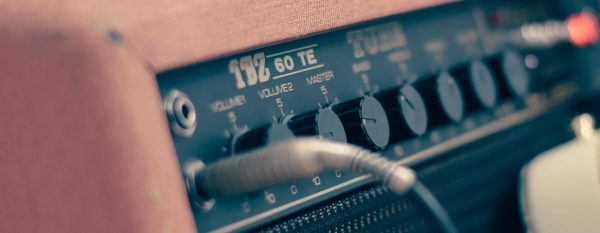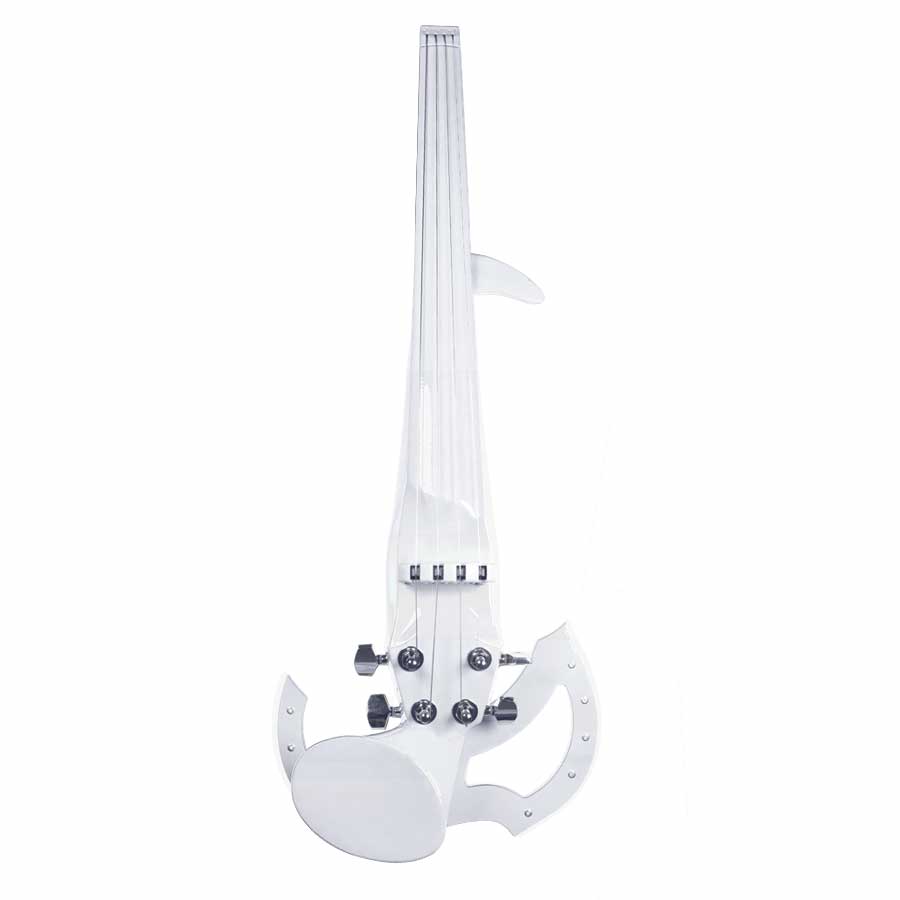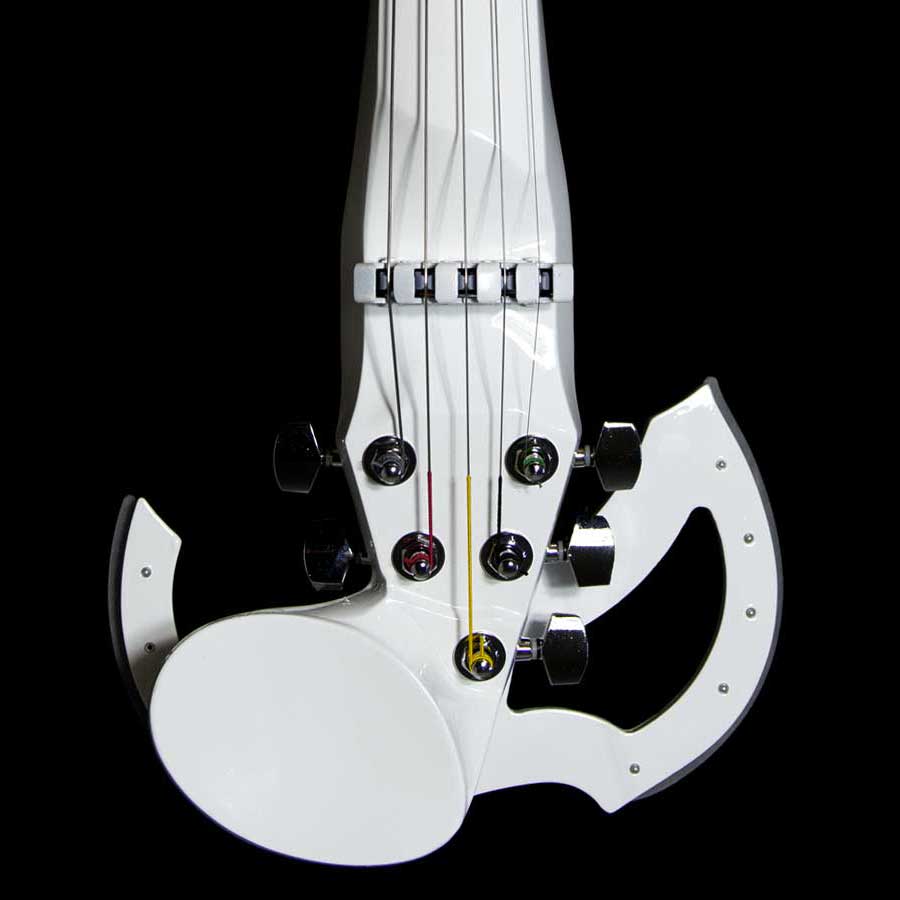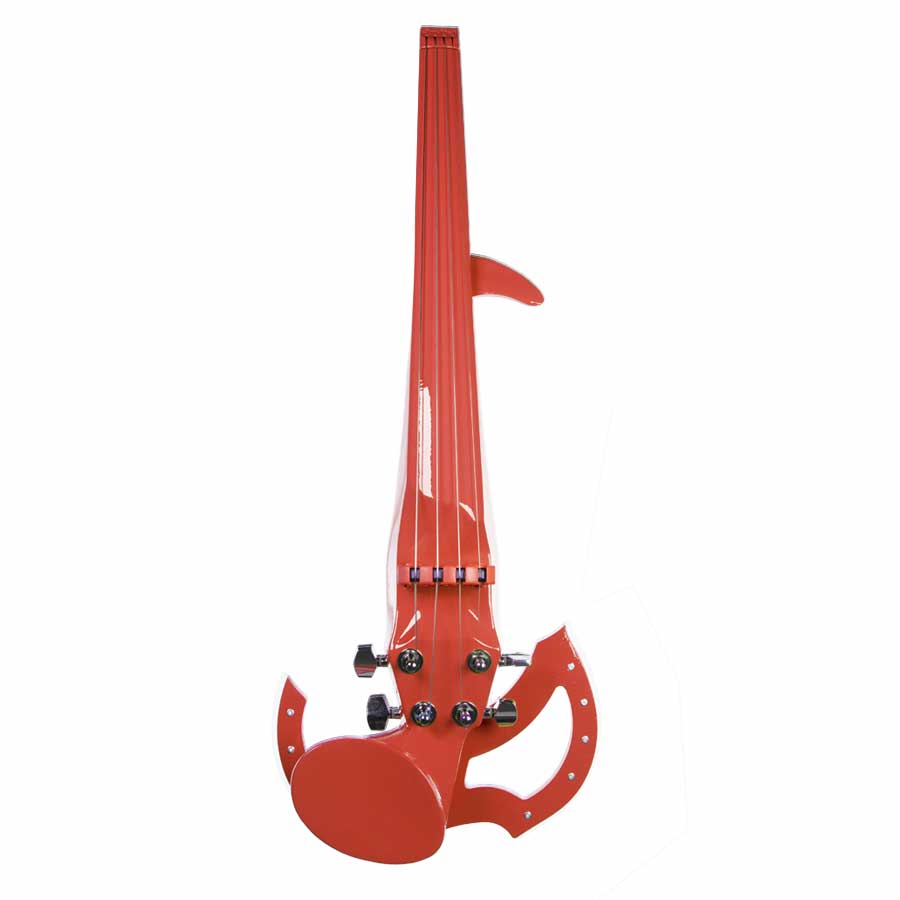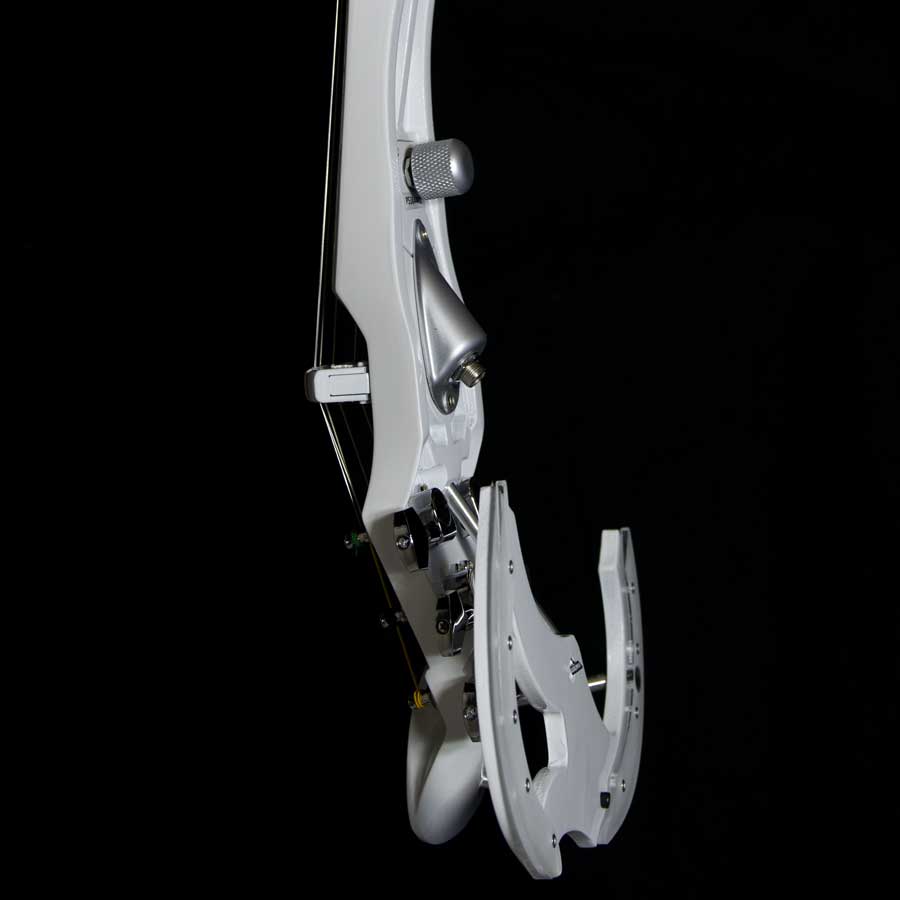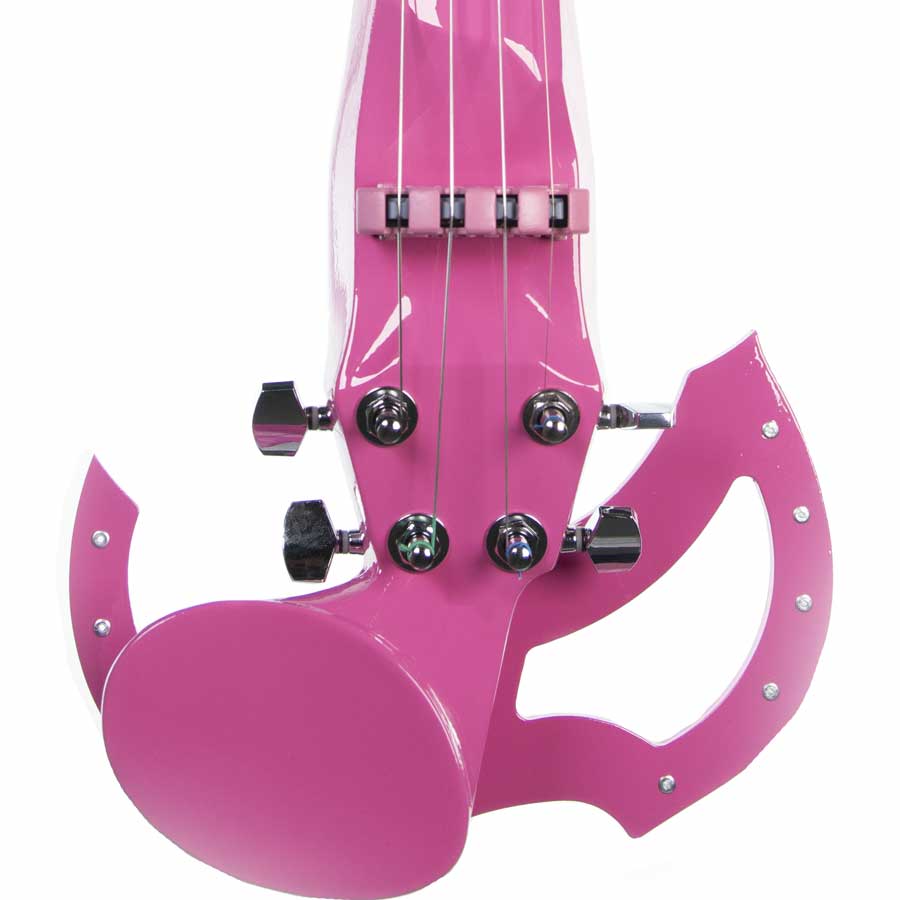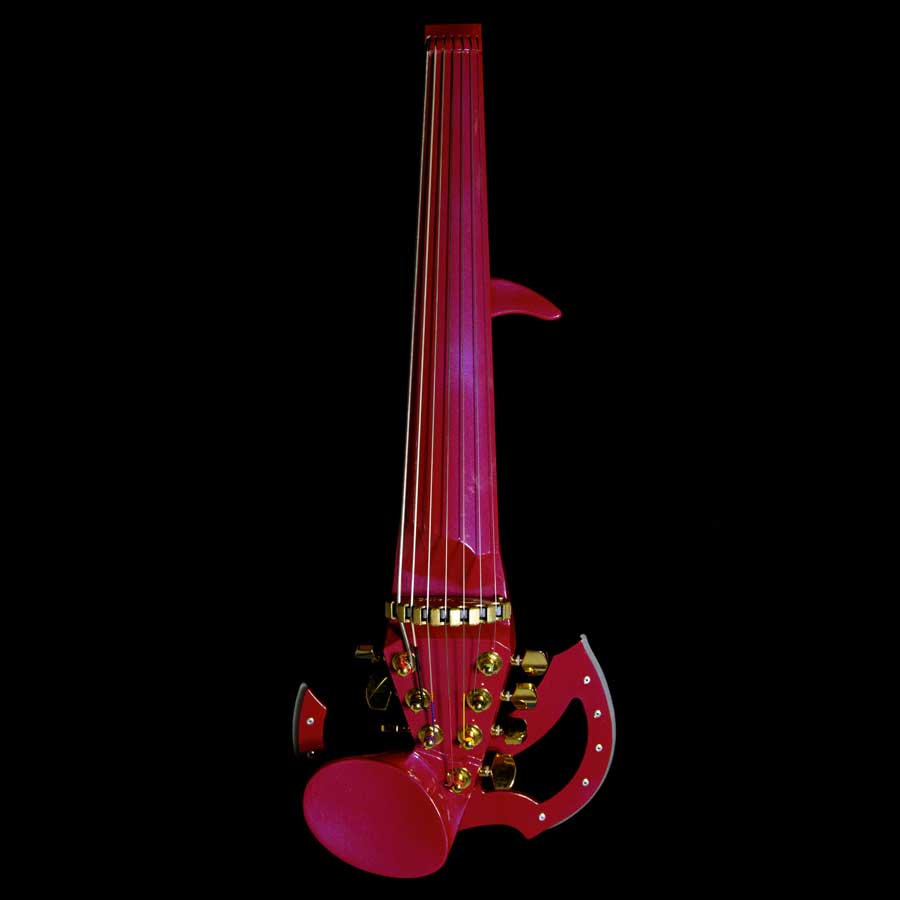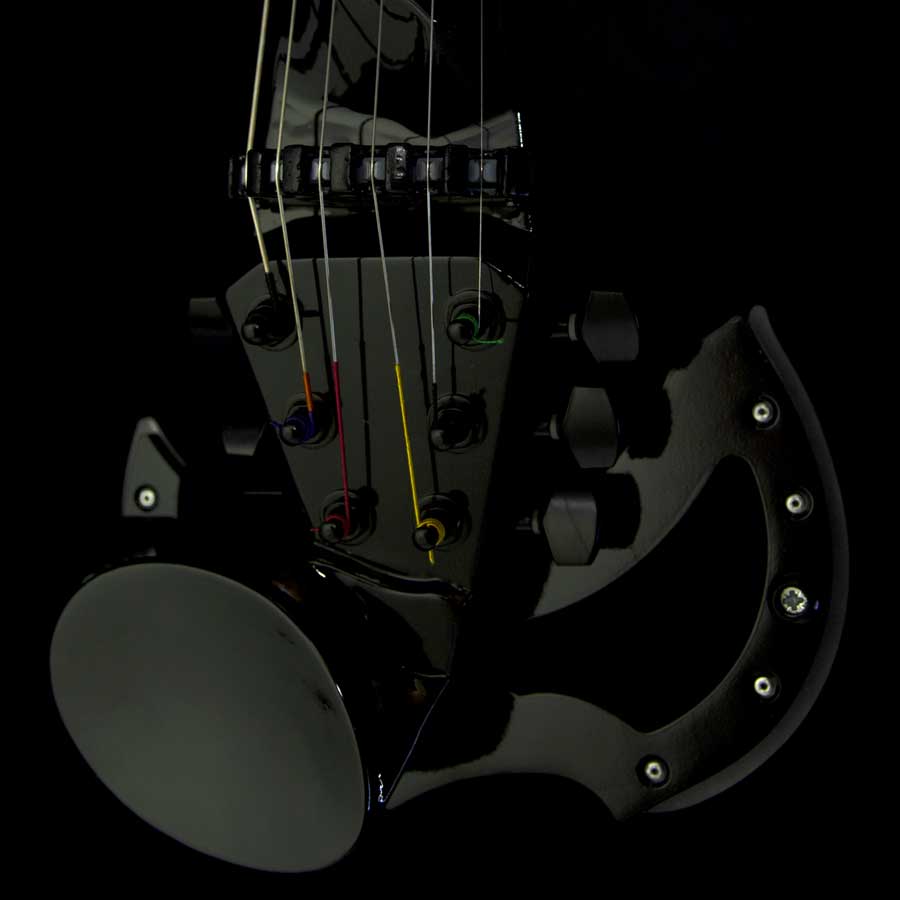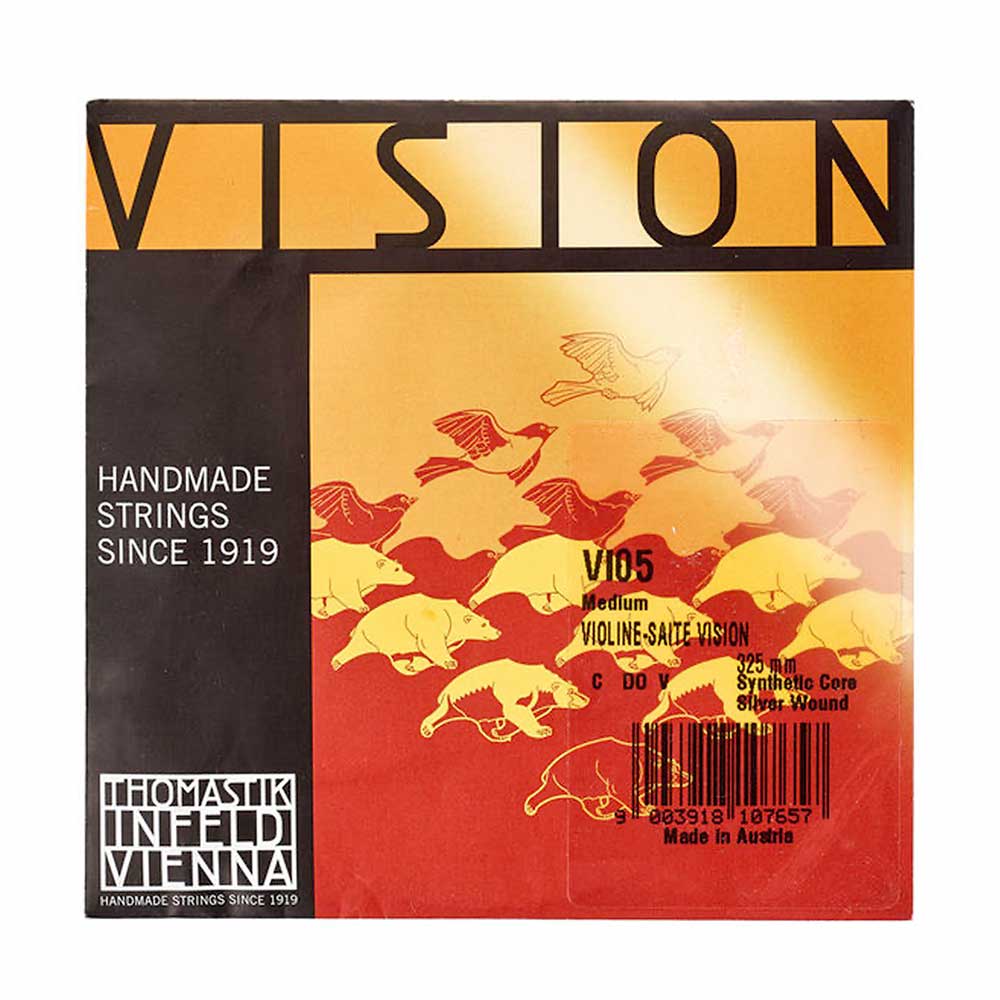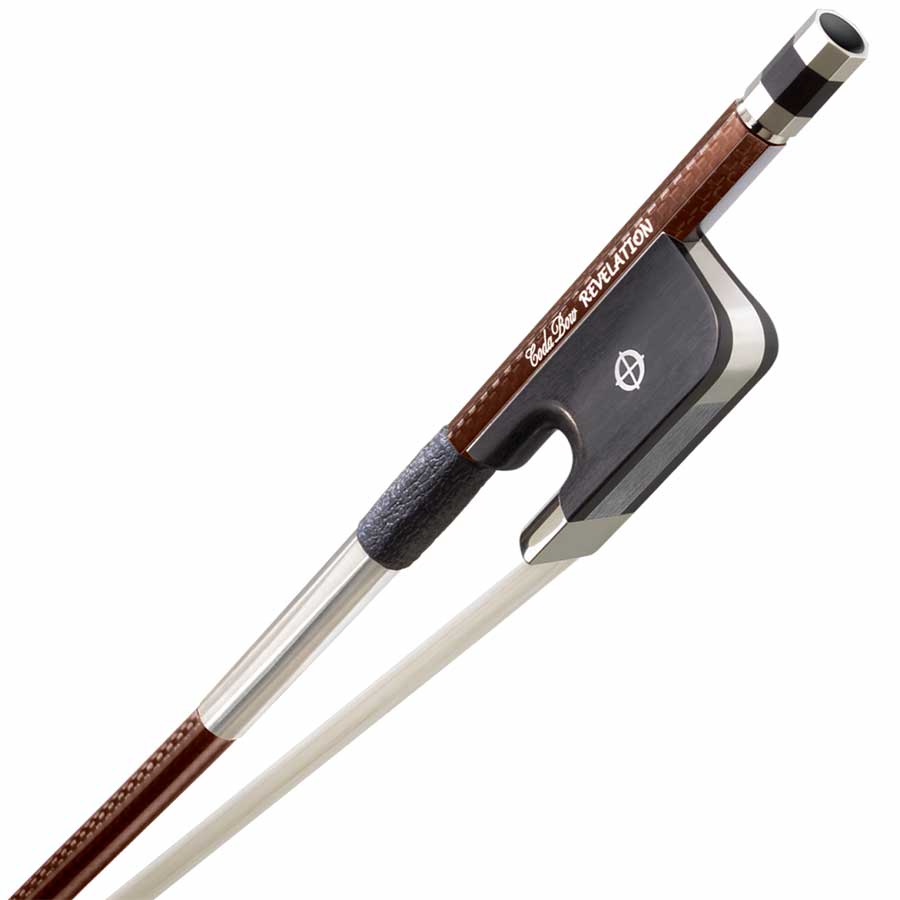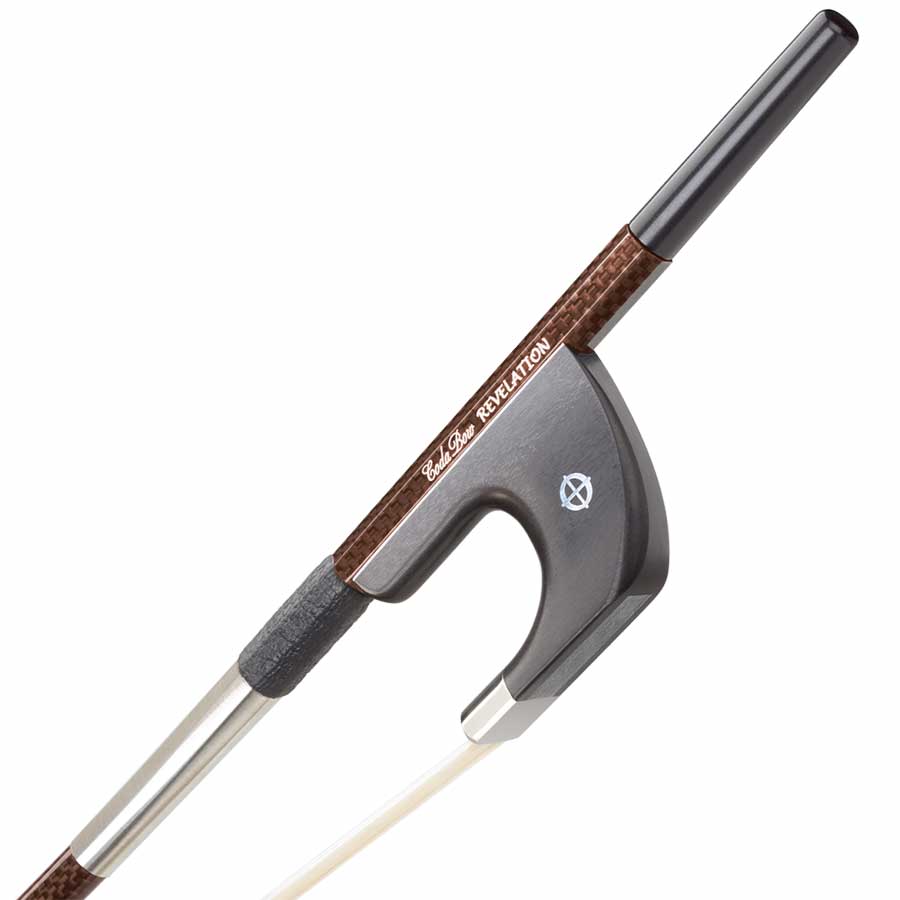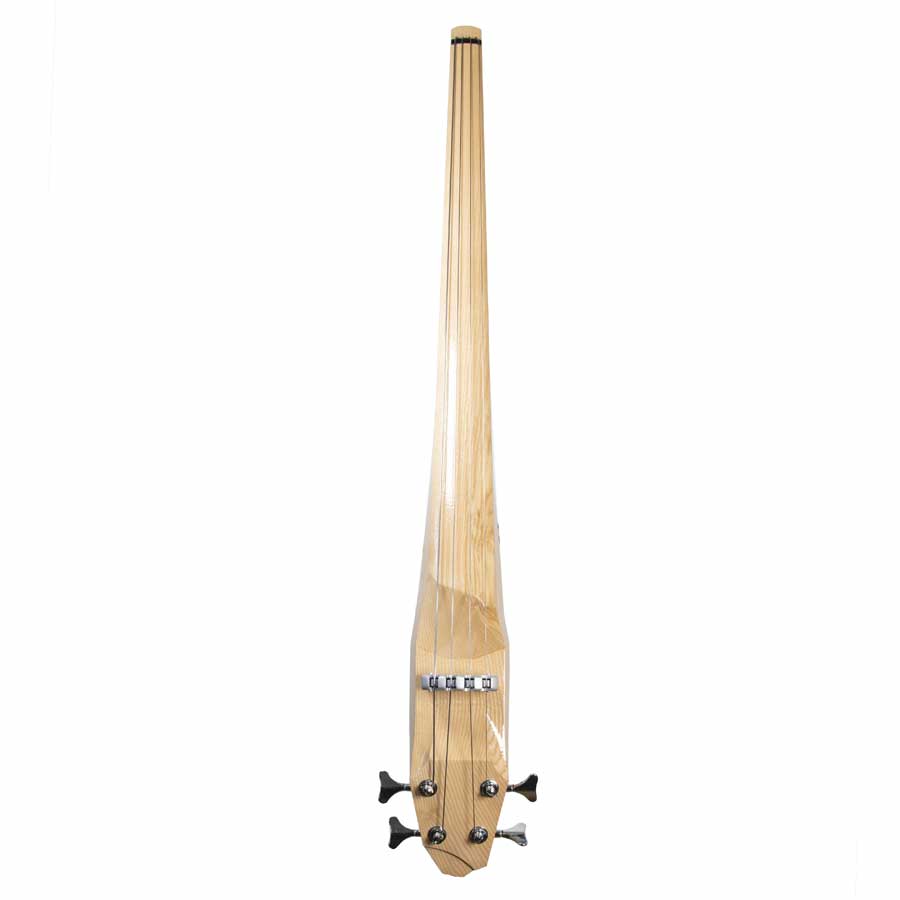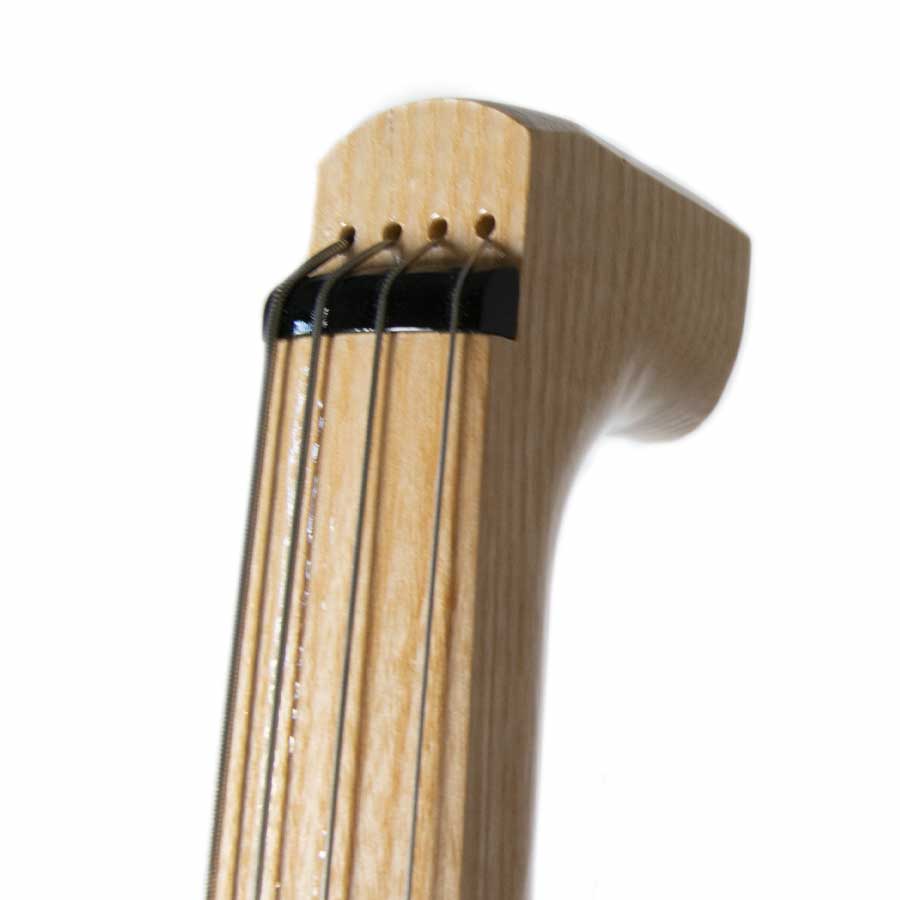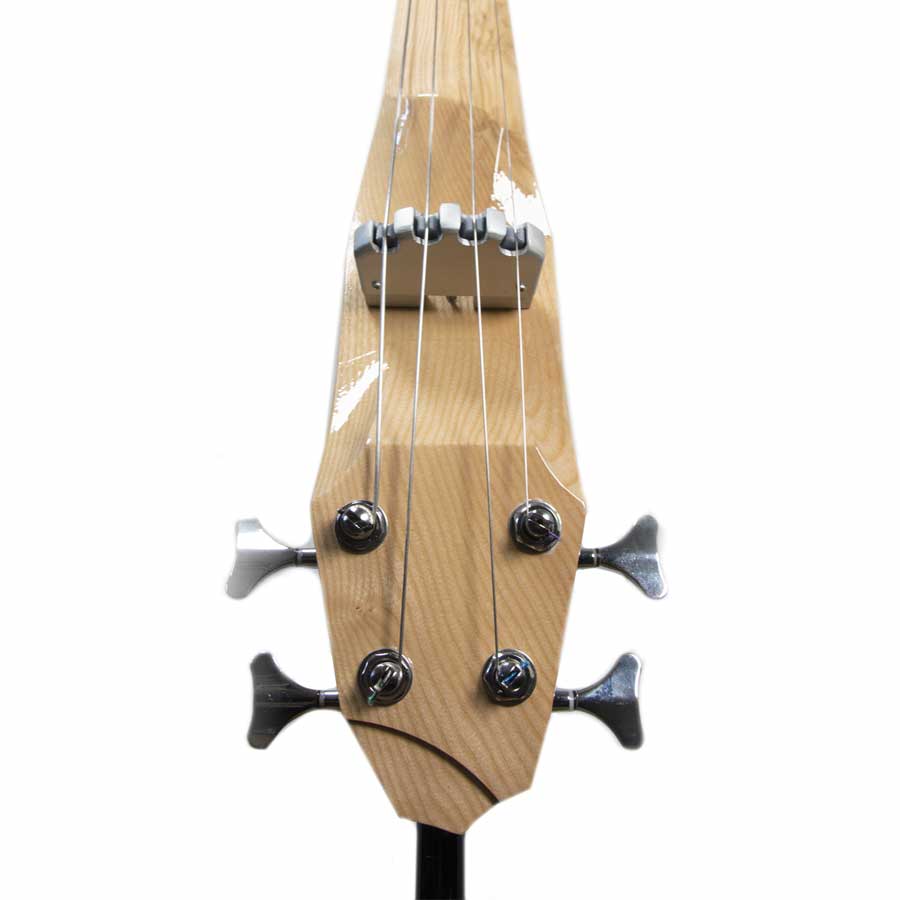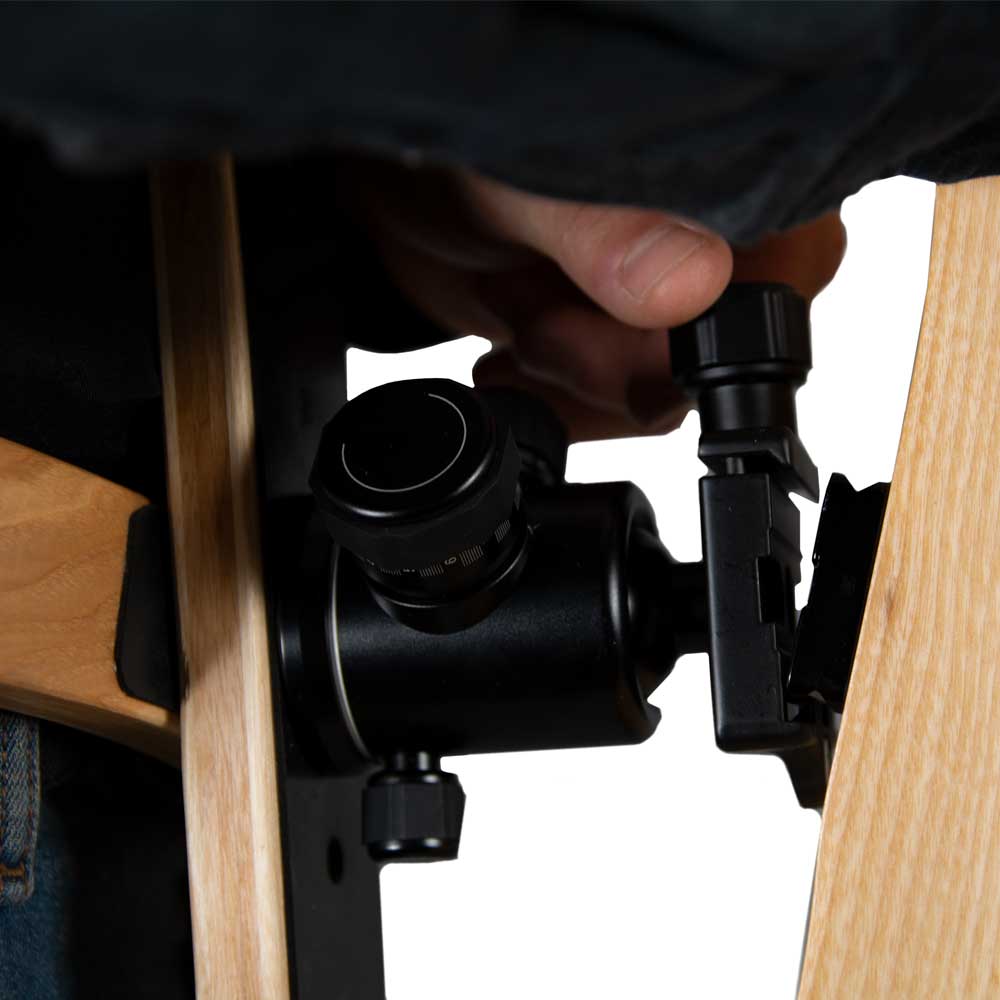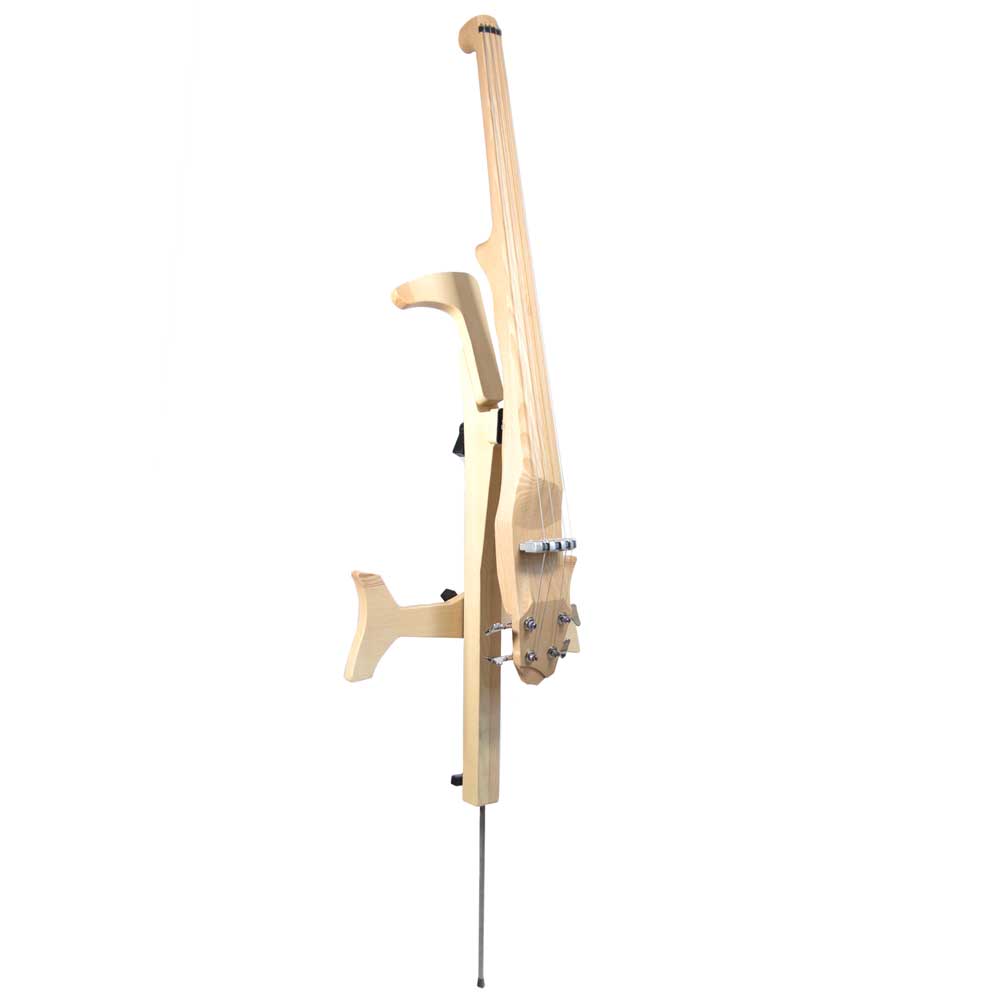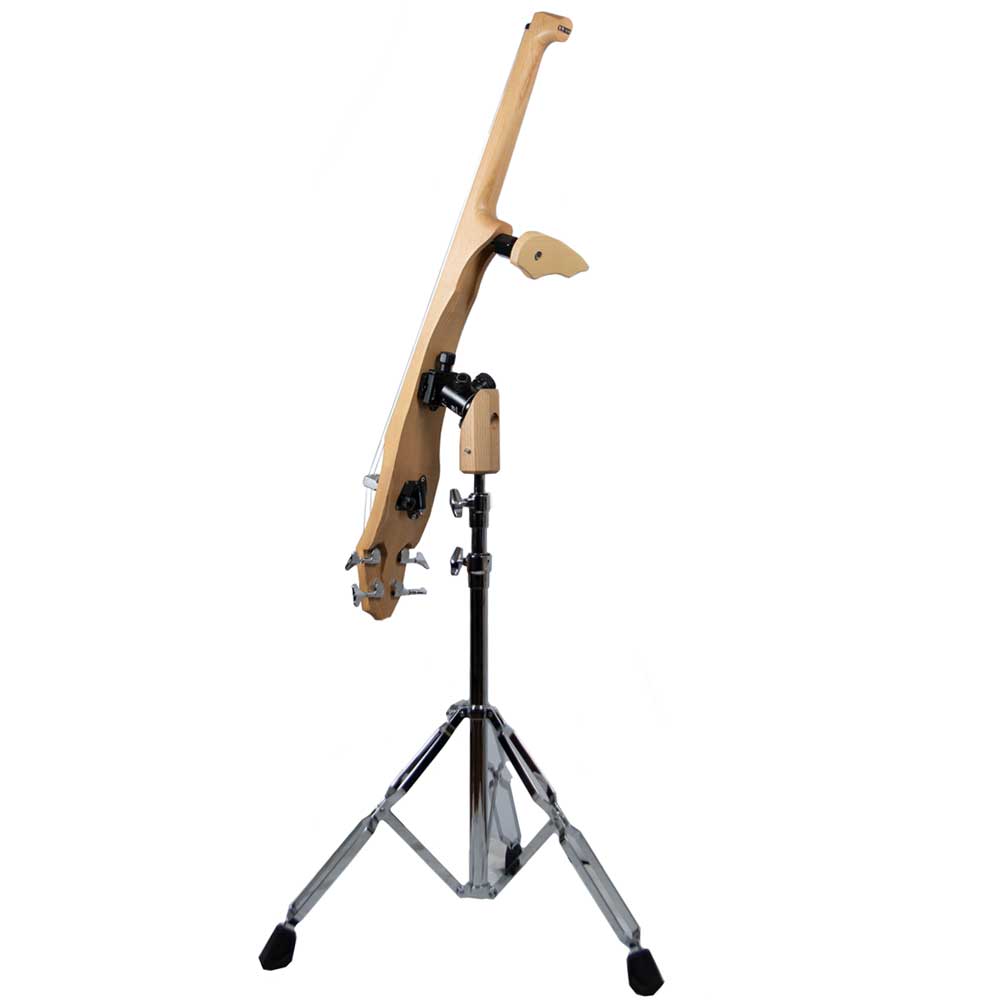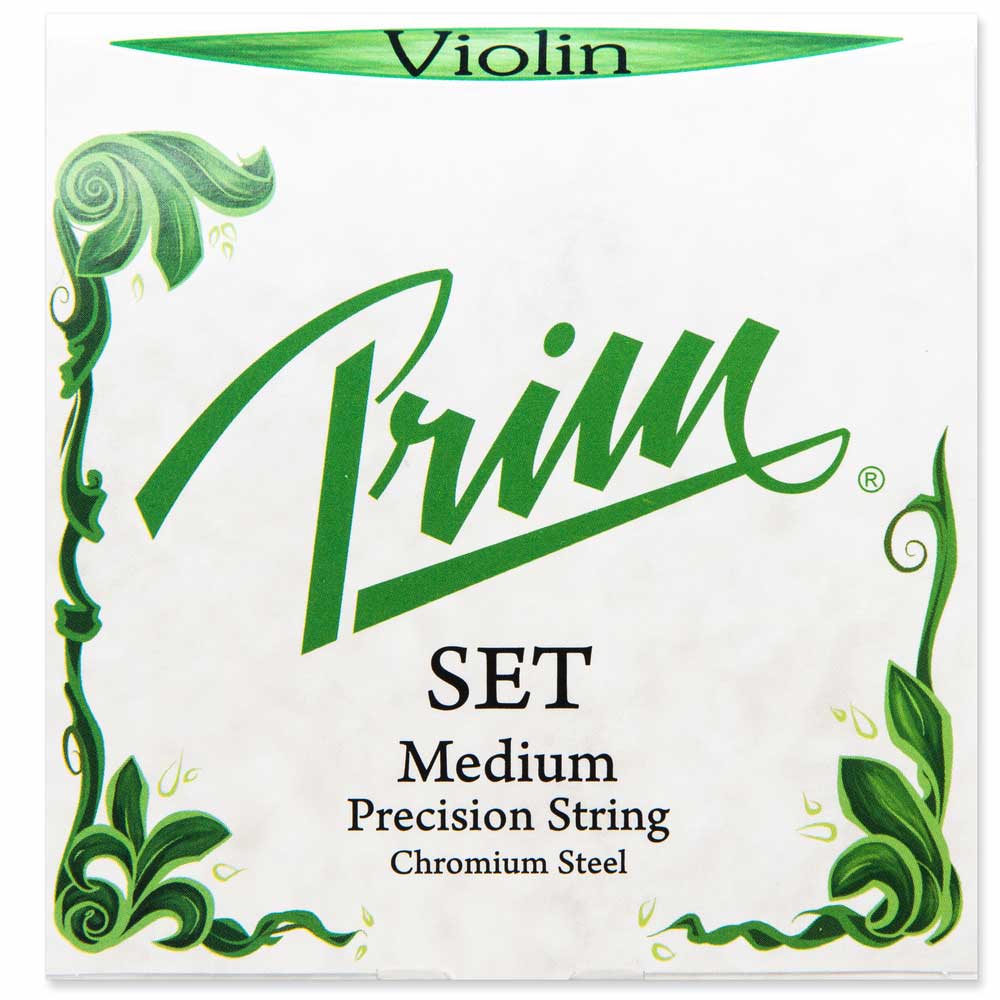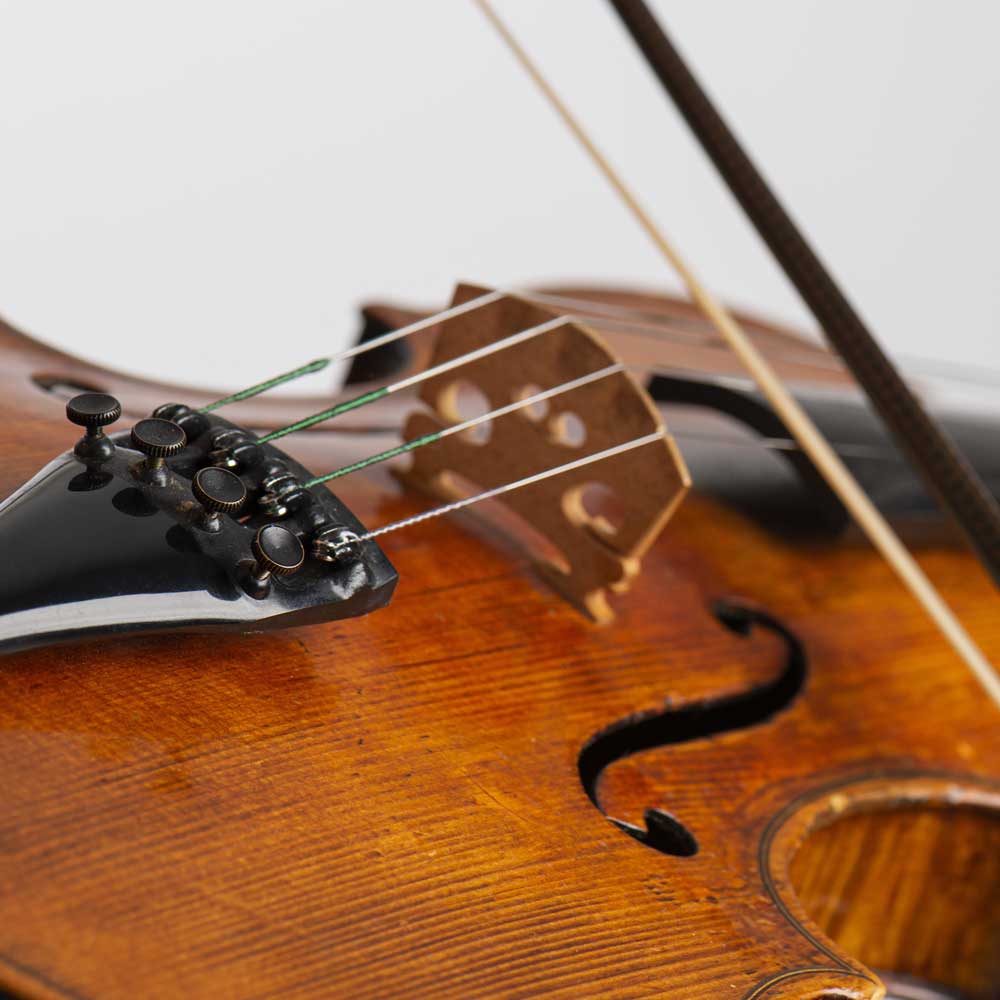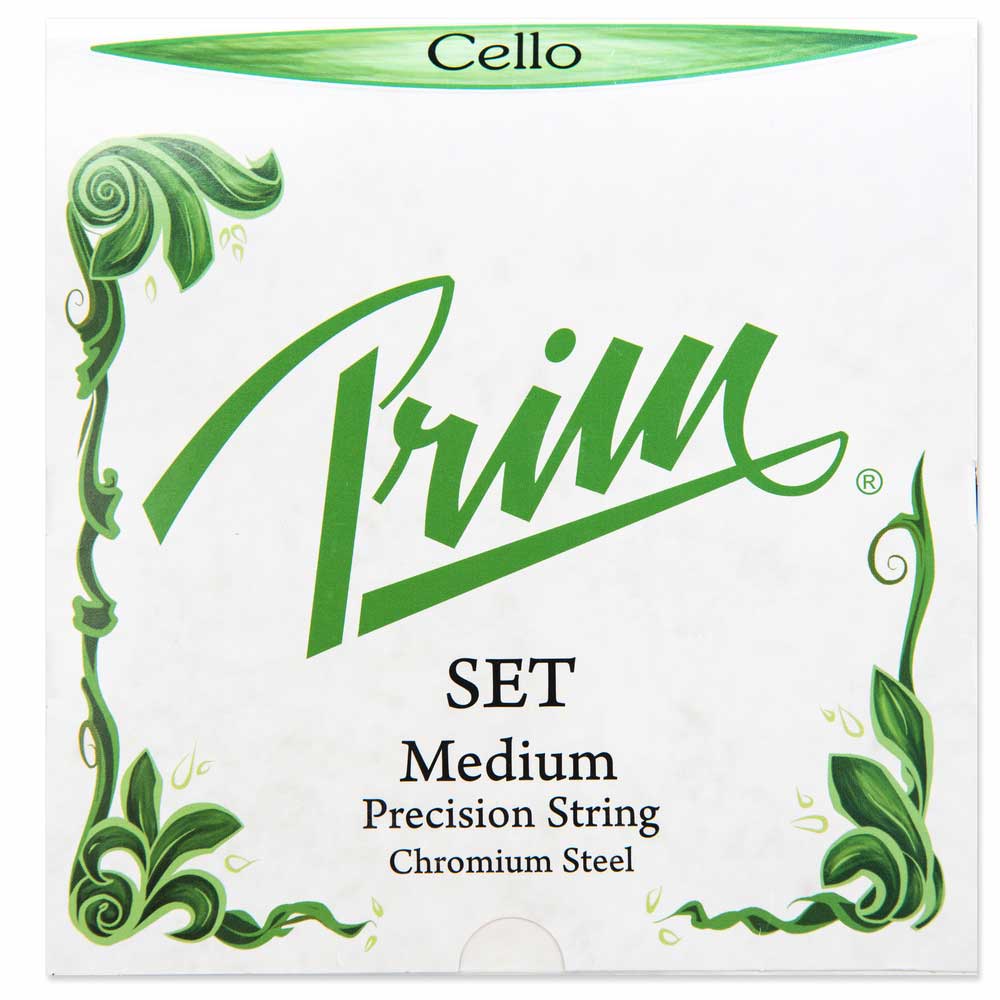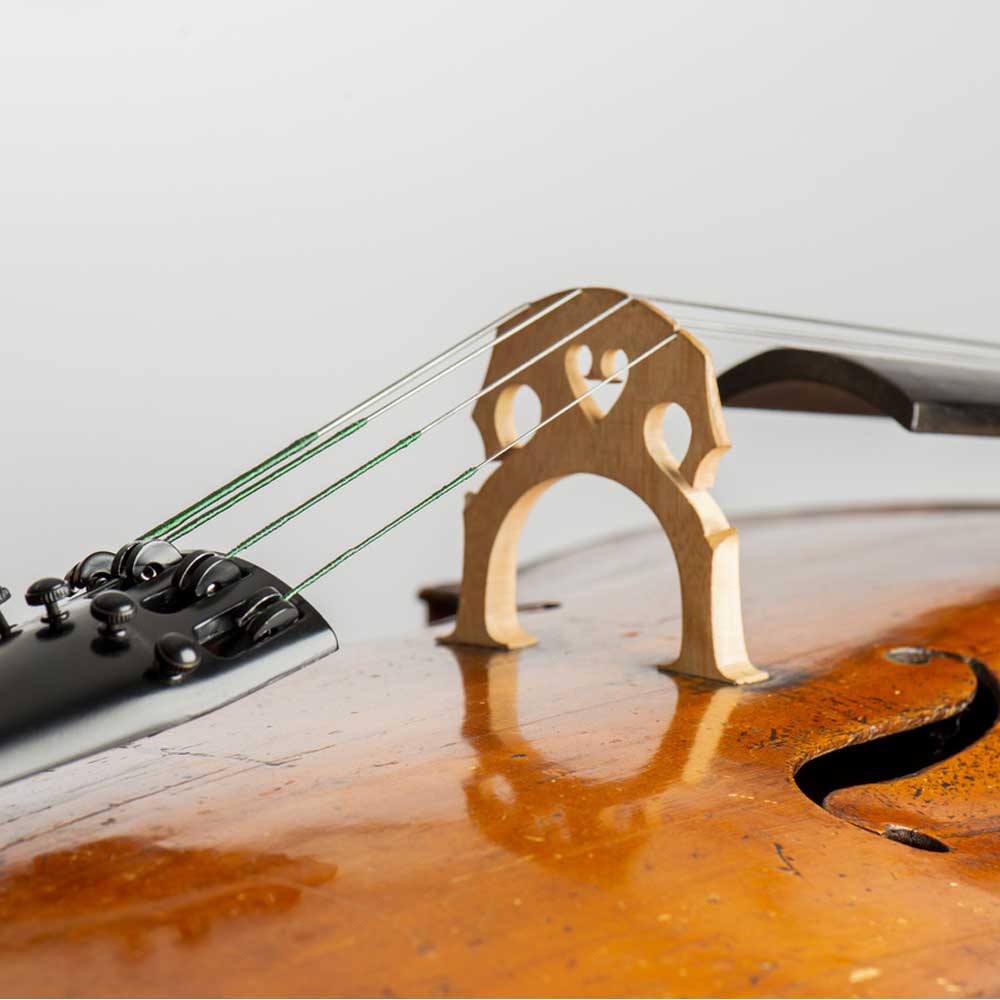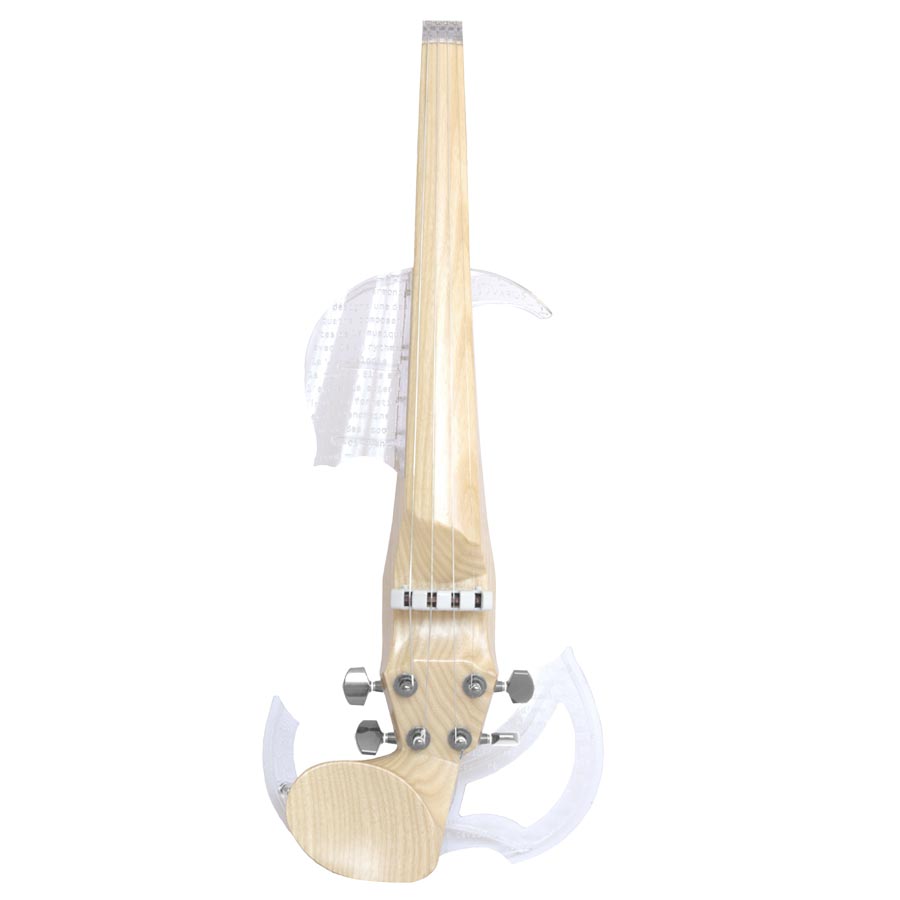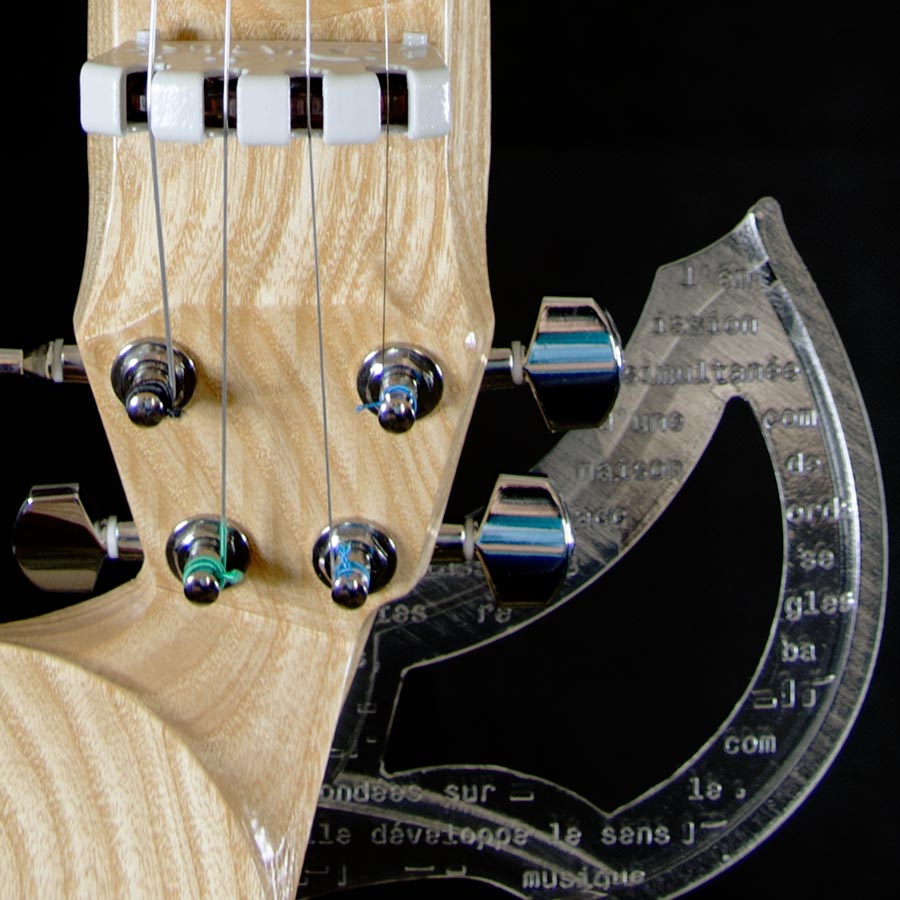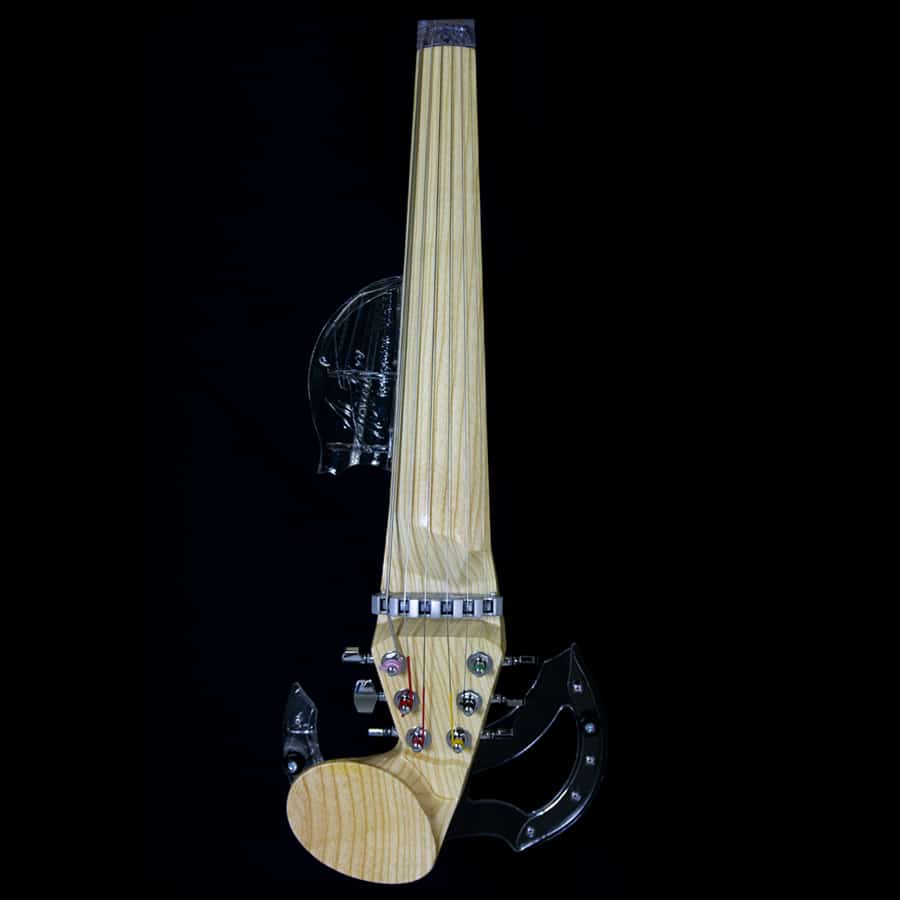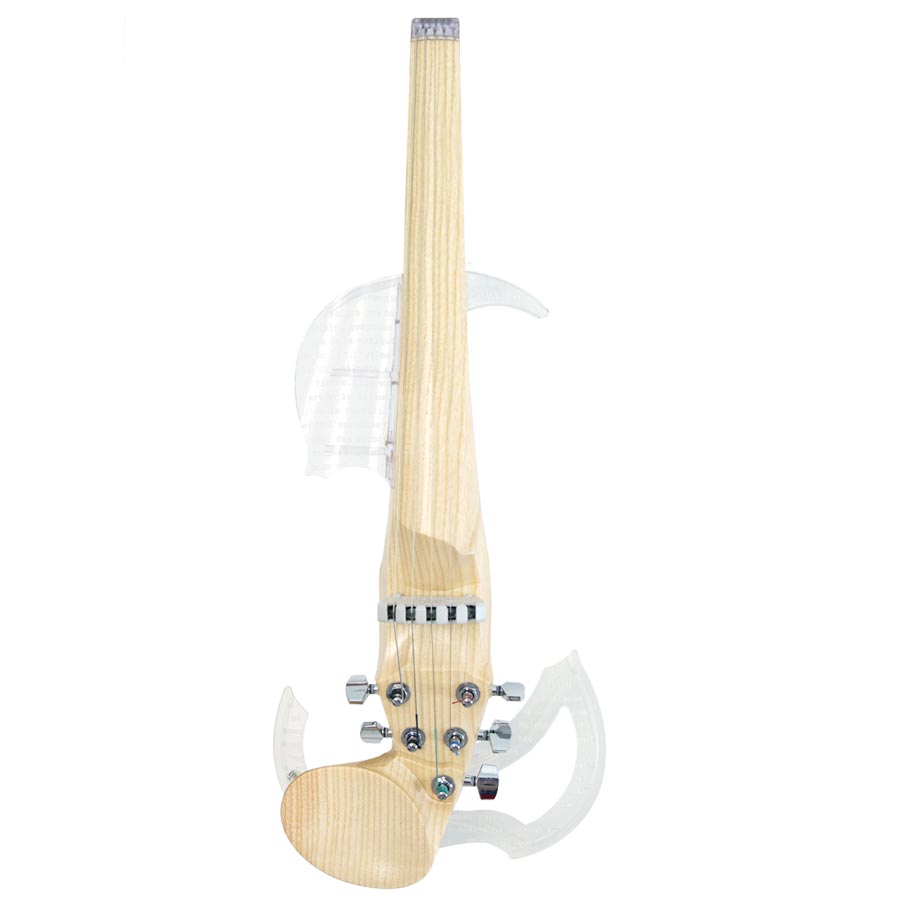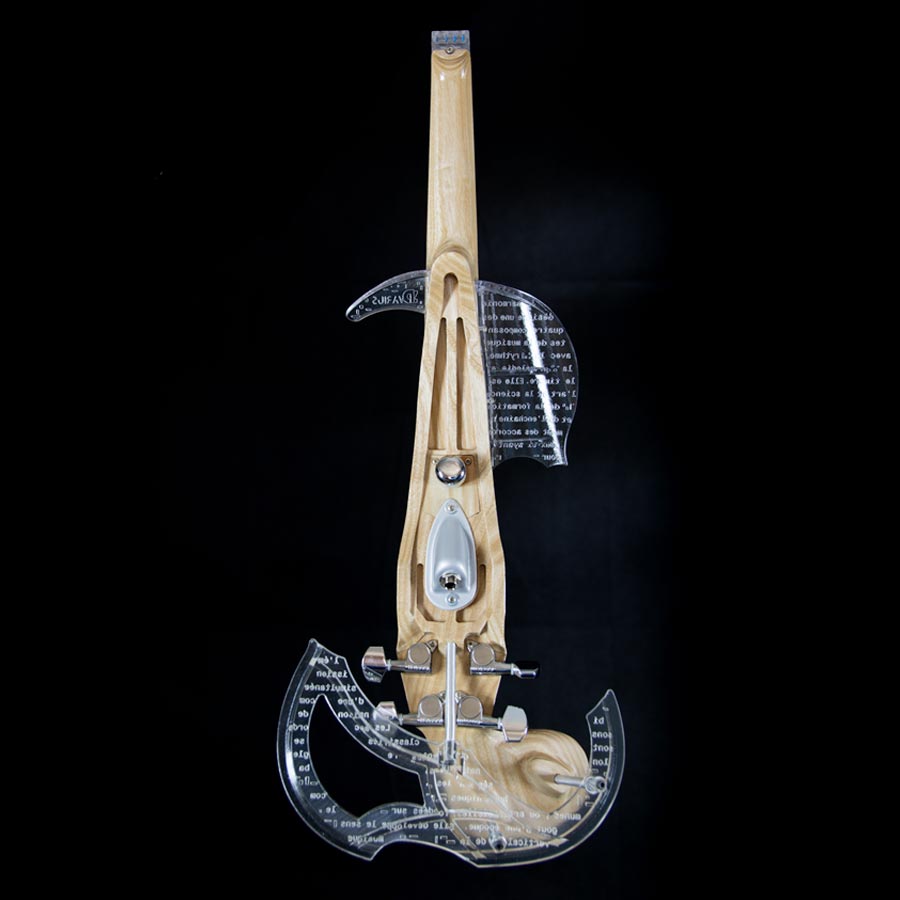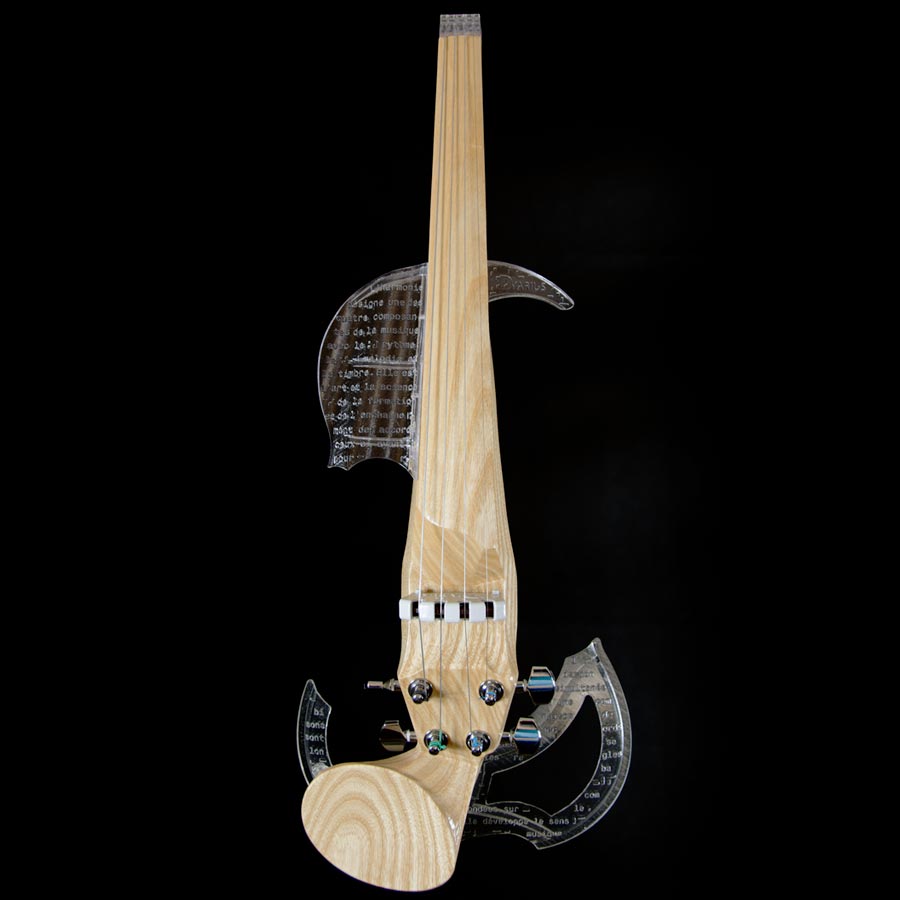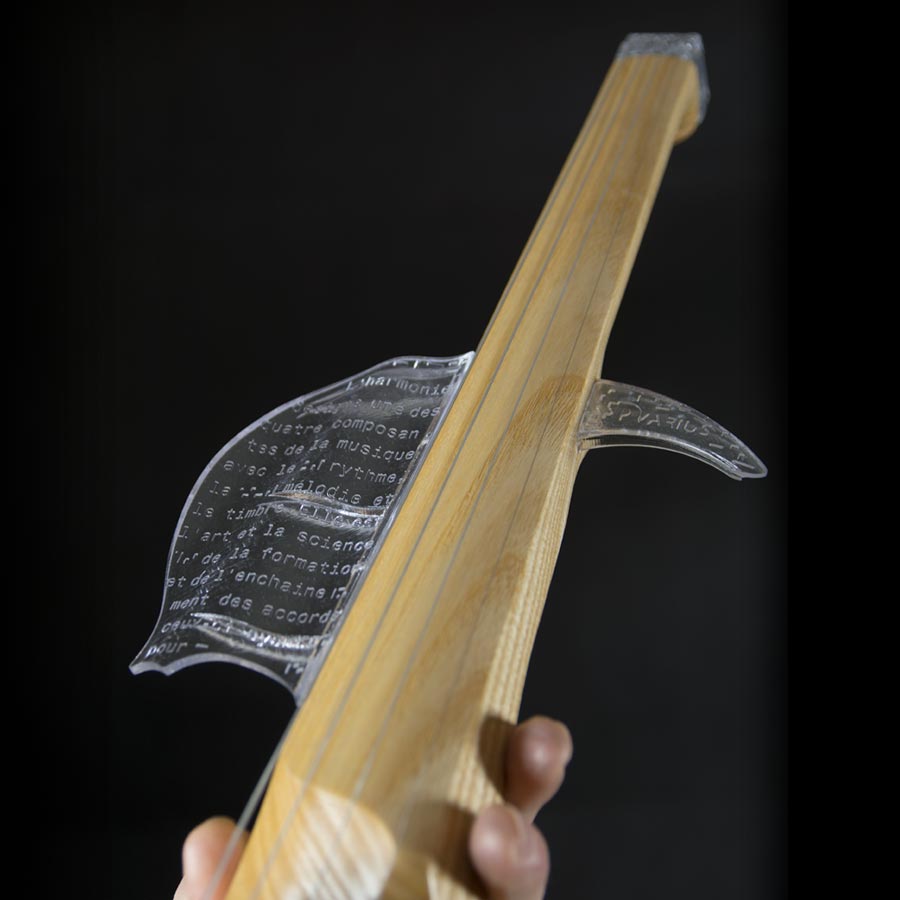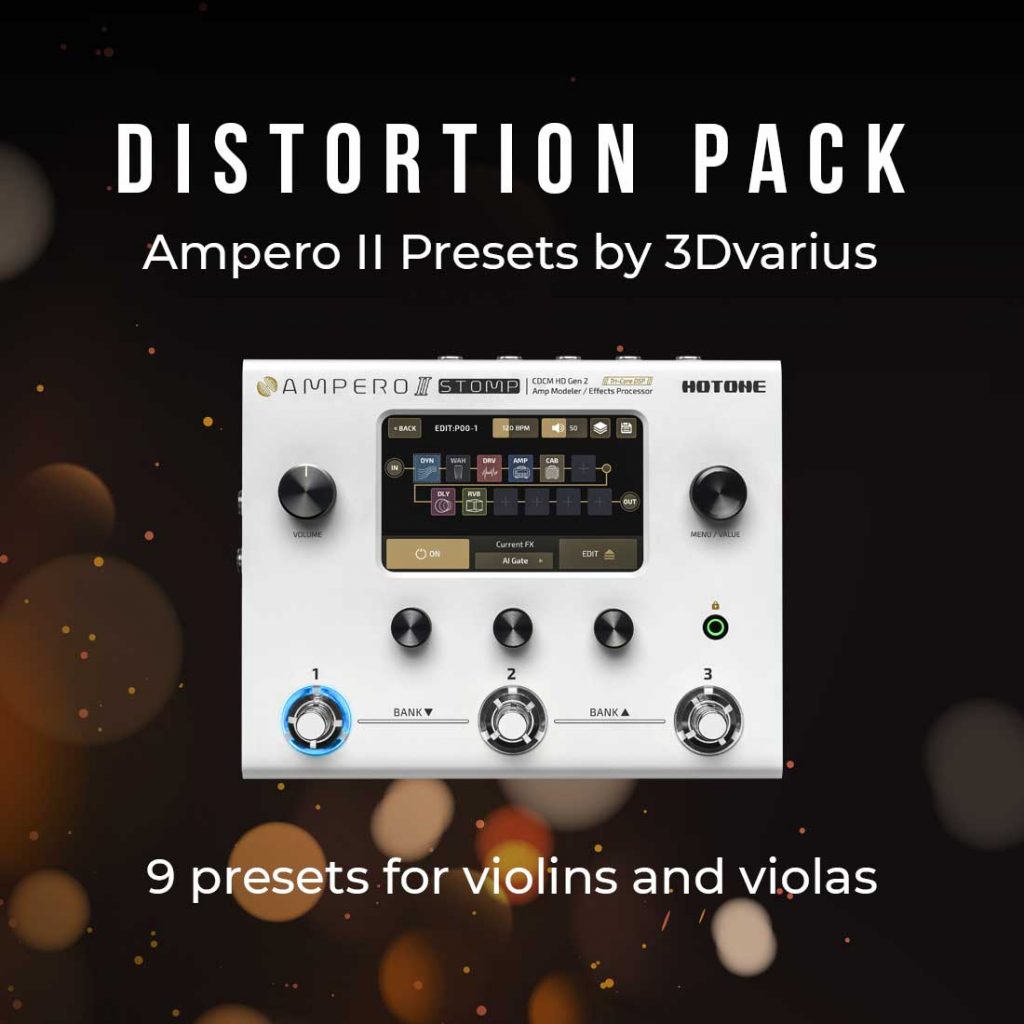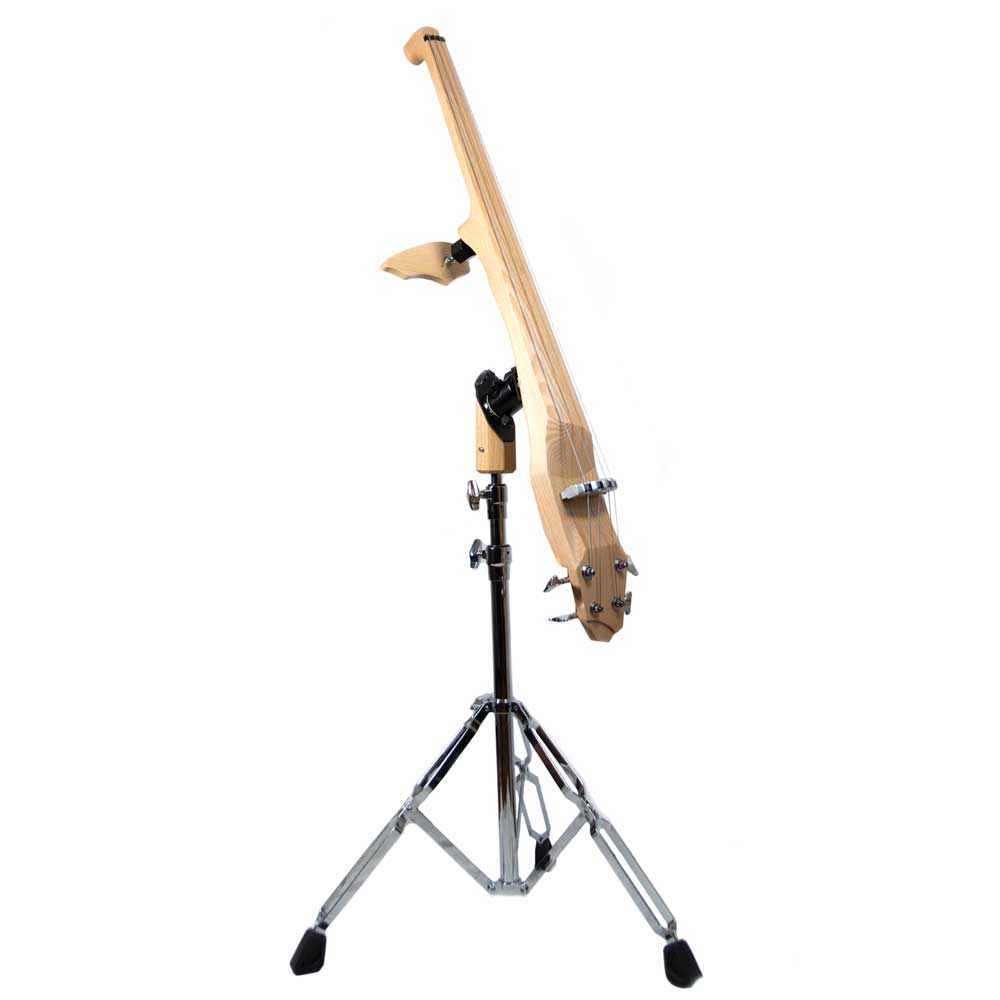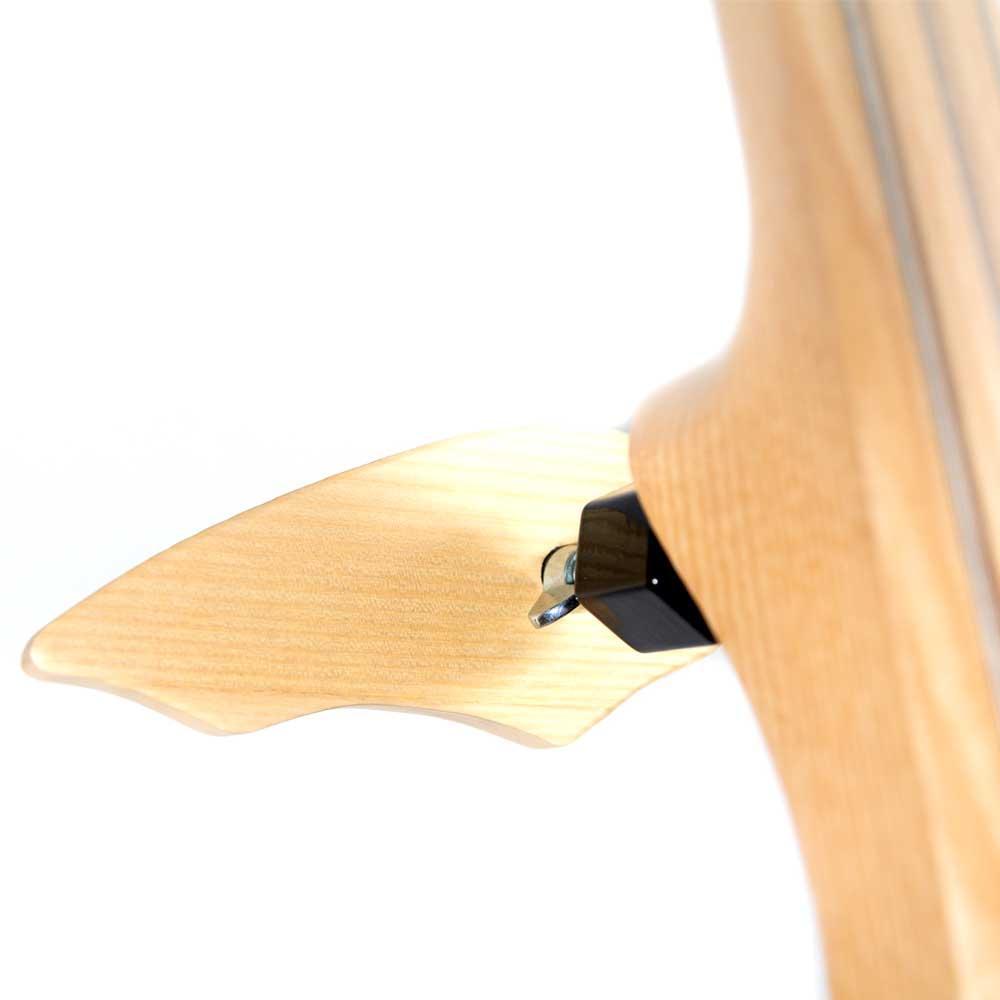The equalizer is an essential music tool that you need to understand in order to improve the sound of your electric violin and compositions.
What is an equalizer?
An equalizer is a tool used as part of the recording process, a sound system installation or a sound mix to limit, reduce or increase the presence of certain parts of the frequencies of a sound.
To use it, two notions about sound are essential: amplitude and frequency.
Amplitude
Amplitude is the intensity of a sound. We directly feel the amplitude of a sound as we listen to it.
So, when we describe a sound as strong and powerful, it is because it has a large wave. Conversely, if the sound is described as weak, it is because it has a small amplitude.
Frequency
The frequency of a sound corresponds to the number of vibrations generated by the source in one second. This means that if the frequency is low, there will be a low-pitched sound. Conversely, if it is high, the sound will be high-pitched.
The human ear is not able to hear the full range of frequencies. It is considered that a human can perceive from 20 Hz to 20,000 Hz. This is not entirely true, since only children can hear the 20,000 Hz. As we get older, our hearing quickly deteriorates. Studies show that an adult hears up to 15,000 Hz and an elderly person up to 12,000 Hz.
The role of the equalizer
The equalizer will allow you to control certain specific frequencies of a sound. It is capable of increasing or reducing certain frequency bands. For instance, we will eliminate frequencies that are not audible to the human ear. There’s no need to leave them, no one can perceive them. Besides, they wear out the emitting sources, such as the amplifiers that try to reproduce them. On the other hand, we will be able to strengthen the presence of an instrument.
In a final mix, several tests will be necessary to find the settings that give more or less presence to each instrument. Knowing the frequency band of each instrument is the best way to avoid eliminating their main harmonies.
Hereunder you will find the frequencies of a bowed string instrument paired with some musical instruments.
Here are some useful references you should know:
-
- From 20 Hz to 60 Hz – Sub bass
This will include the first frequencies of the bass drum, the bassoon and the double bass. In music, it is possible to work on these frequencies. Very often, a high-pass filter is applied in order to attenuate them. If you want to keep them, the music source should be able to reproduce them as a subwoofer. A subwoofer is a loudspeaker capable of reproducing the lowest sound frequencies in the audio spectrum.
-
- From 60 Hz to 250 Hz – Bass
Here we reach the frequencies of the snare drum, cello, trombone, etc.
-
- From 250 Hz to 4,000 Hz – Midrange
In this frequency range, we will find almost all musical instruments (violin, guitar, trumpet, etc.) and the human voice. The harmonics of the instruments can be heard here. It is in these frequencies that we will work to determine the positioning of the instruments involved.
-
- From 4,000 Hz to 10,000 Hz – Treble
It is the treble frequency range where the triangle and cymbals come into play.
-
- From 10,000 Hz to 20,000 Hz – Top octave
The top octave refers to the last range that can be heard by the human ear.
Why should you use an equalizer when playing an electric or classical violin?
Using an equalizer for your effects
The equalizer is the tool you really need to include in your effects chain. Whether as part of your pedal set, or in the effects chains that are included in your effects processor, the equalizer will boost the sound presence of your electric or classical violin.
Read our article about how to create your own effects chain.
With an effects processor
Effects processors, such as Line6, Boss or any other brand, are generally designed for electric guitars. Electric guitars and electric violins do not produce the same frequencies, which is why it is necessary to adjust the pre-integrated effects for an electric violin. And this is where the equalizer comes into play!
If your pedal allows it, we recommend adding or modifying the equalizers of the pre-integrated effect chains. Theoretically, and if you are picky, each equalizer should be adapted to each effect. But if you don’t have the courage to examine each effect chain, the very simple act of adapting an equalizer to your violin, and then applying it to each effect chain, should alter your instrument’s presence.
Discover our list of best effects to use with an electric violin.
With a set of effect pedals
Investing in an equalizer will not be pointless. Generally, violinist pedal sets have an equalizer. There are dozens of equalizers available on the market. We do not know them all and it would be very difficult to determine which one is the most interesting. Inquire about what other violinists around you are using and check out some of the violinist sets available on YouTube, then, you should have gathered enough opinions to help you choose.
Once again, no miracle formulas are available. Your ear, the number of strings in your electric violin, your effects pedal, your amp, your musical style and a whole bunch of parameters will influence the resulting sound… Perform tests on your amp and trust your hearing perception to calibrate your equalizer!
The basic configuration will consist in eliminating frequencies that are inaudible to humans (sub bass/top octave), boosting the sound of your violin (mid/bass), suppressing bow noise (bass) and limiting the slip-ups of your pickup (mid). Do a step-by-step test to determine the exact frequencies that are specific to your equipment, then set it up to find your settings.
EQ settings for your electric violin during the mix
The settings of your equalizer in the mix will depend on what you are going to play, the type of effects you are using, the number of strings on your electric violin, etc. The character of your sound will therefore be different depending on these elements. If you are recording a rock track, it may be interesting to work on frequencies covered by your electric or classical violin, and not covered by other instruments.
If you are recording a rock track, it may be interesting to work on the frequencies covered by your electric or classical violin, rather than those covered by other instruments. This will allow it to stand out in relation to other instruments and avoid several instruments overlapping on the same frequencies. Once again, everything will depend on what you (or your band) want as a result!
On a side note, two violinists shared with us their experiences of having saved their concert by using an equalizer. When you have to play in less than ideal conditions: without a real sound system, without a sound engineer, etc. It is possible to have feedback. These violinists managed to remove it thanks to their equalizer… This pedal was there initially to boost their sound, and in the end, it was also used to suppress feedback. Which shows that sometimes a little effect pedal can save your performance!
Read our article about how to fight feedback and interferences in the audio signal.
Setting up an equalizer for your violin in the mixing console when performing
This is something we do not recommend at all. Unless you are working exclusively with a single sound engineer who knows your work or the sound of your group inside out…
Making adjustments for your violin at the end of the sound chain is really complex since the performing conditions are never the same. The sound engineer, who manages the mixing console, is not interested in improving the sound of your violin, but in adapting your group’s sound to the venue in which you are performing. The goal is to get the best front-of-house sound for the audience, not the best sound for your violin.
You should prepare the sound of your electric violin beforehand by using effect pedals (see 3.1). In this case, the sound output from your pedal will always be the same and will be consistent with what you want.
How to configure an equalizer?
Unfortunately, there is no such thing as a better configuration. It is your own judgment that will define the best configuration that should be adopted. The settings you choose will not always be to everyone’s liking. The perception of a sound is different for each one of us. Just as, your musical influences will guide you towards different choices. If you like the final result, it is because it represents what you want to create musically.
However, there are a few simple rules to follow. Some of them have already been mentioned above:
- Avoid keeping frequencies inaudible to the human ear. What’s the point, no one will hear them! And they will wear out your amplifier.
- Do not only use an equalizer to attenuate the frequencies, it can also be used to accentuate some of them in order to highlight them.
- Properly control attenuations or boosts in the midrange frequencies. It is in this range that part of your mix occurs.
- Focus your efforts on specific frequencies rather than a wide range of frequencies. The larger the range, the more difficult it is to apply settings that are appropriate for the entire range… For example, for a violinist playing in a metal band, it may be interesting to work on the frequencies that are used by the violin, but not by other instruments.
- Find a balance between each element so that the final result is audible.
Sources & Photos: Wikipedia, Flaticon, Amanda Smith, Unsplash @arcreates et violinist advises

